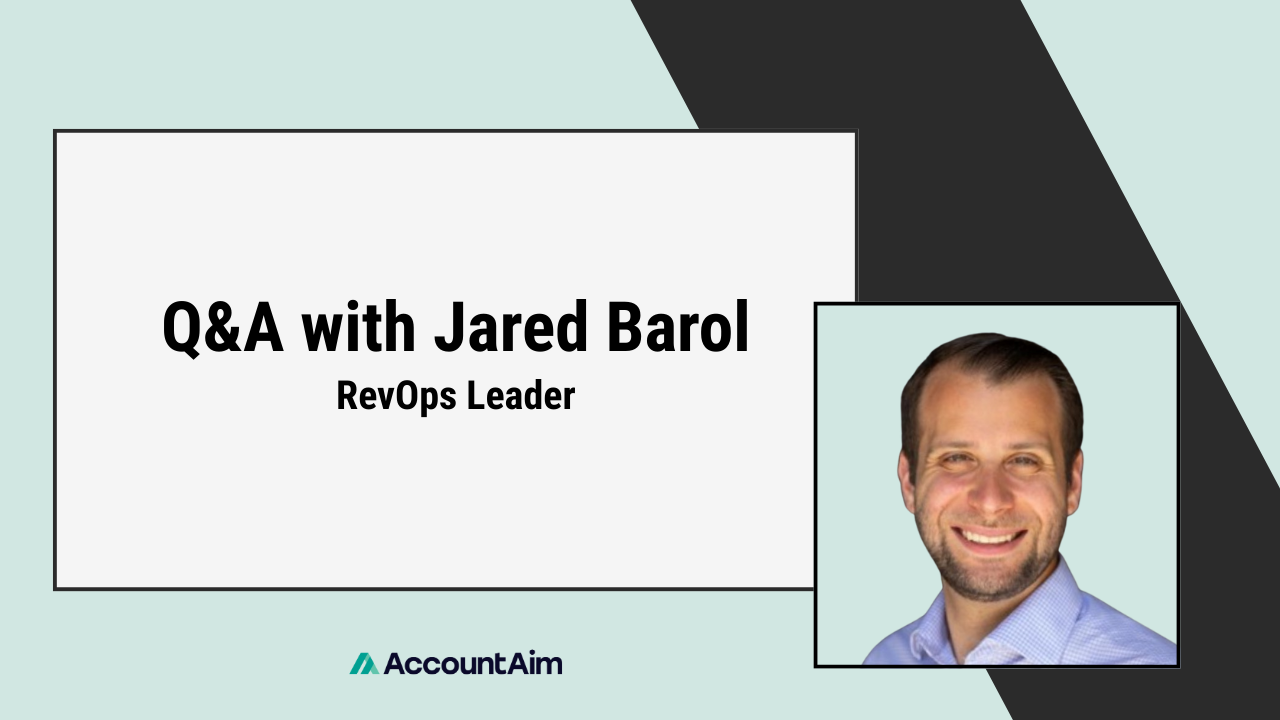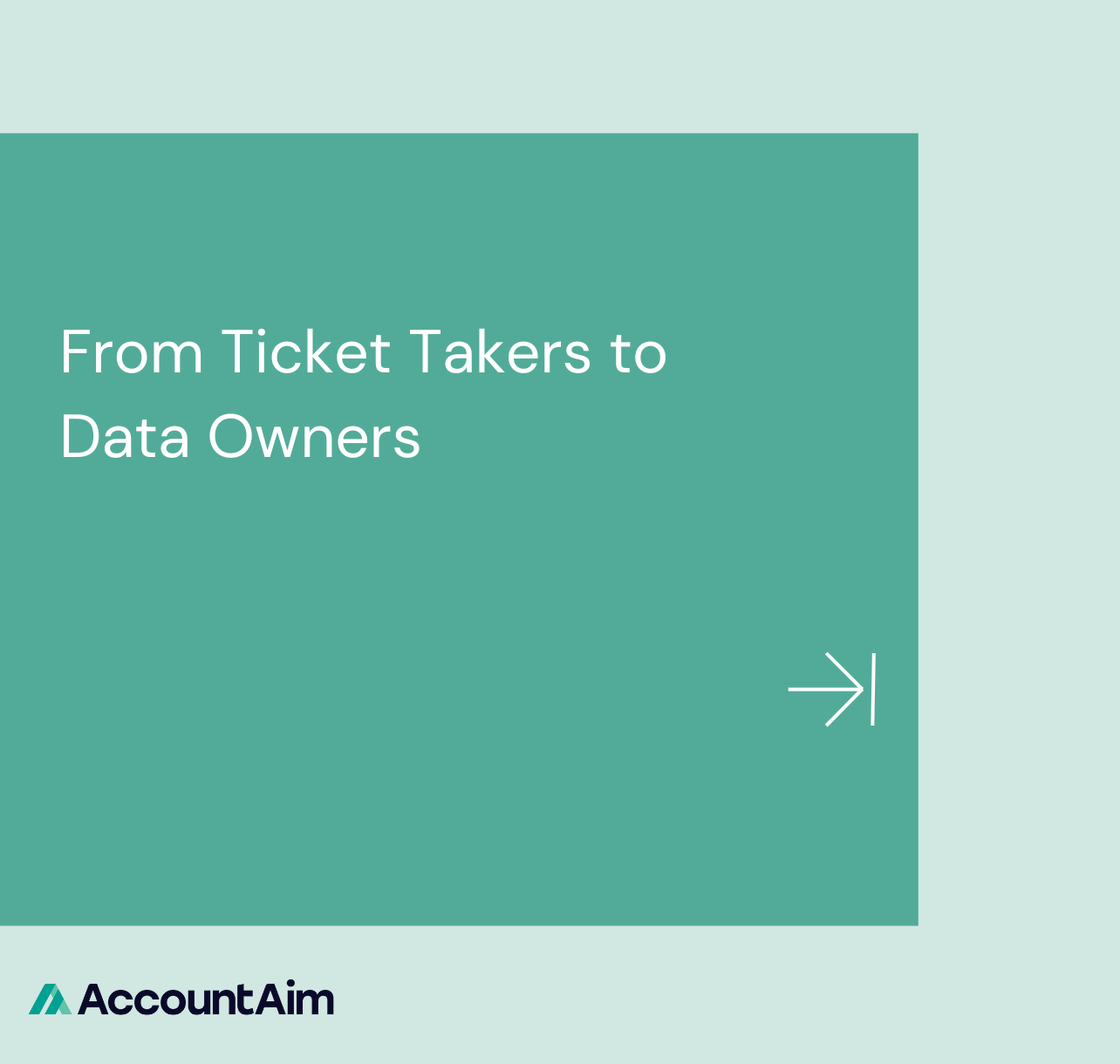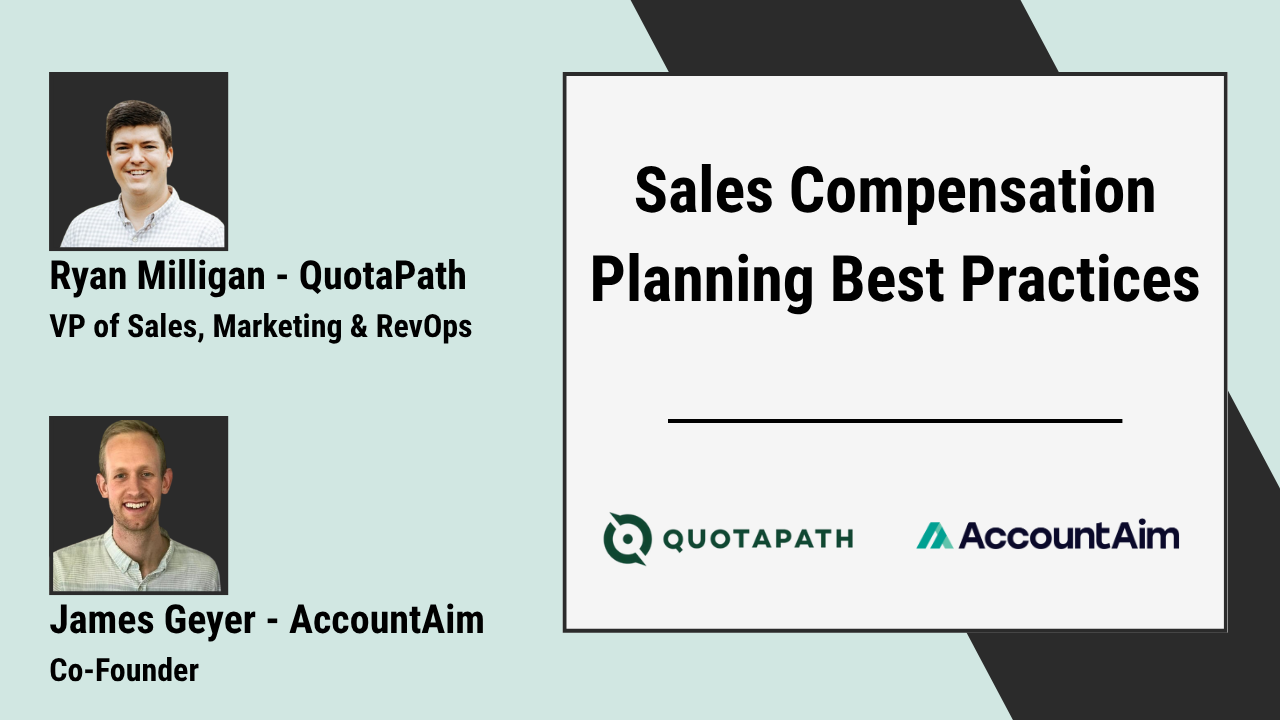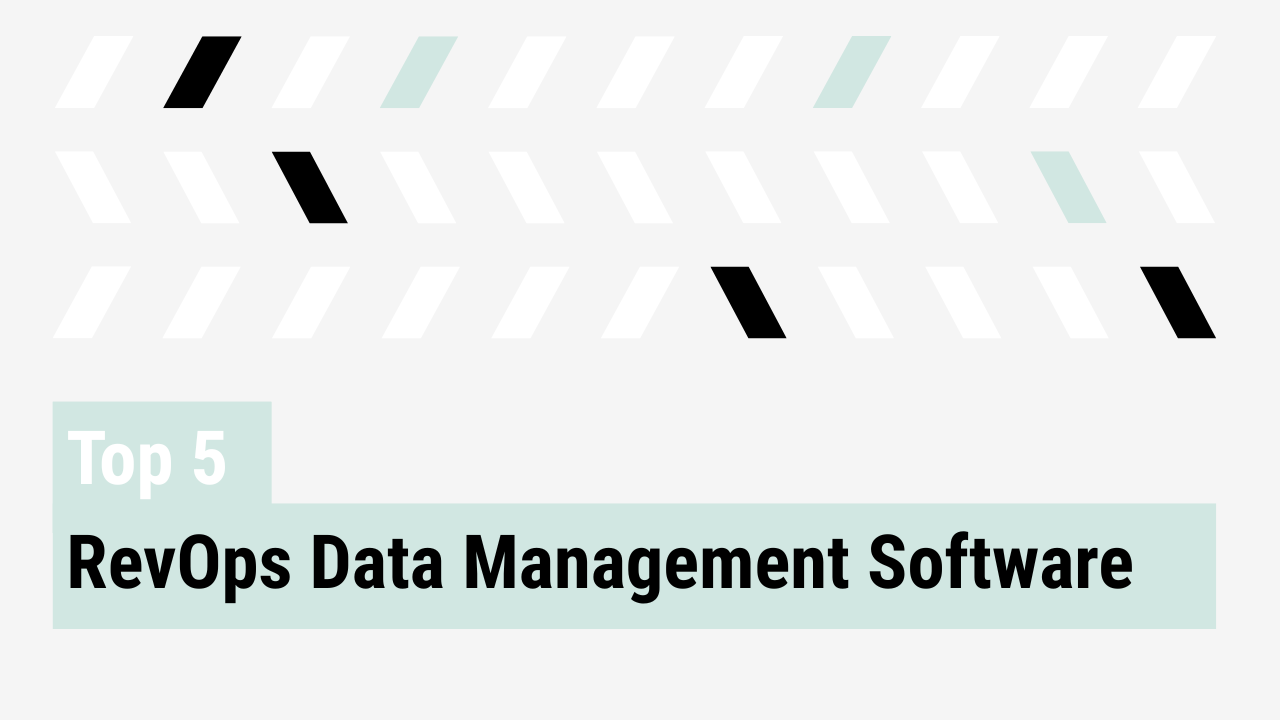A practical conversation with Jared Barol on reducing waste, building smarter systems, and leading with trust in modern RevOps.
Jared Barol brings an operator’s lens to the messy realities of modern RevOps. As an established RevOps leader he focuses on streamlining systems, reducing waste, and enabling focus.
In this conversation, he shares lessons from building lean GTM foundations, frameworks for navigating tech bloat and international expansion, and how AI could change how we structure go-to-market data. Jared’s insights are sharp, methodical, and grounded in lived experience.
How do you define the role of RevOps in a modern GTM organization?
RevOps exists to remove friction. Every company has constraints—some visible, some buried. I see RevOps as a capability, not just a team. The value lies in diagnosing what’s blocking revenue and methodically clearing the path forward.
“The goal of RevOps is to figure out what needs to be unstuck, unstick that thing, and move on to the next.”
What are the biggest sources of go-to-market bloat, and how can teams fight back?
I see three main culprits: tools, unnecessary processes, and program spend. Tool sprawl often happens when teams adopt overly specific solutions to fix isolated problems, which leads to redundant systems that don’t integrate well. Unnecessary processes tend to come from legacy workflows that no longer match how the business operates today, but they stick around because no one questions them. As for program spend, particularly in areas like marketing and enablement, it can grow quickly if there isn’t a strong connection between the investment and measurable business outcomes.
“Everyone’s looking at where they can cut costs and wondering, why do I have a separate tool for customer support and customer success. Why do I have a different system for enrichment than for scoring… or for quota planning and territory management. Why aren’t these things together?”
I advise teams to prioritize platforms instead of point solutions and to review every layer for cost and complexity.
What’s your framework for building a lean, effective RevOps tech stack?
I start with capabilities. I focus on three core functions: forecasting, demand tracking, and expansion. Everything else builds from there. My stack is organized across the full customer lifecycle, from demand generation through billing and retention, and I refine it in iterative passes.
I design for long-term scale rather than a fixed number of tools.
How do you think AI will reshape data architecture and RevOps workflows over the next few years?
I see a structural shift in how data is stored and used.
“I have a very large question mark over what the future of systems of record is going to look like… I can imagine a world where unstructured data lakes are cheaper to build, cheaper to maintain, and cheaper to query.”
I anticipate a shift from managing structured schemas to overseeing flexible, AI-queryable environments. Historically, structured systems were built to simplify querying and joining data using tools like SQL. But with AI models now capable of processing unstructured data through natural language queries and embedded workflows, I see that need diminishing. I recently worked with our product and data science teams to extract customer insights from a large set of unstructured inputs (i.e. transcripts, emails, and interactions) within a single business day. This is the kind of analysis that previously would have taken entire data teams weeks to complete. This shift is accelerating, driven by declining compute costs and increasingly powerful models.
What’s your take on the rise of the ‘go-to-market engineer’ role? Is it a necessary evolution or another layer of bloat?
I believe teams benefit most from revisiting how work is structured and shared across existing roles.
As teams adopt new systems, I believe the focus should be on enabling adaptability within current roles. In my experience, responsibilities for integrating new tools or approaches can often be absorbed by existing team members with the right support, rather than creating entirely new functions. This approach encourages shared ownership and thoughtful allocation of work across the go-to-market organization.
When and how should companies think about international expansion from a RevOps perspective?
I recommend following actual customer demand before expanding. If a market is already adopting our product and showing clear need, that’s when I believe investment makes sense.
I use a 70/30 model: 70 percent of our systems should be global, and 30 percent tailored to the region. That structure helps us stay consistent while still meeting regional requirements.
As a solo RevOps leader at a fast-growing company, how do you prioritize your time and build cross-functional trust?
“Your job as an executive in the go to market operations function at any business of any size is to build trust. Period. Full stop.”
I encourage new leaders to begin with responsiveness. Trust is built through consistent delivery. As I grow more familiar with the business, I shift toward high-leverage priorities, such as initiatives that influence key metrics like win rate or average deal size.
I also value perspective. When you’re new, you often notice patterns that more experienced team members have stopped seeing, and those observations can lead to important improvements.
Go Deeper
If you enjoyed this Q&A, check out the full conversation with Jared Barol, RevOps leader, at YouTube or Spotify.
About AccountAim
AccountAim is the planning and analytics platform built for Strategic RevOps teams. With AccountAim, RevOps teams connect all of their fragmented GTM data, automatically snapshot and see trended changes over time, and build full-funnel reporting — all without SQL or data team support. Learn how Strategic RevOps teams use AccountAim to streamline forecasting, territories, cross-sells and more here.



